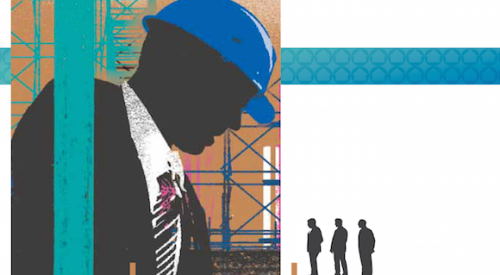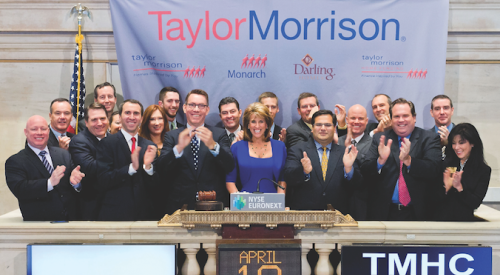Pummeled by weekly announcements of lower profits and declines in permits and starts, it's easy to forget that the housing market will stabilize as we move through the cycle. Wall Street's growth expectations for public builders will resume, reigniting merger and acquisition activity. But public builders recognize they can't achieve all that growth organically and will have to rely on acquisition to achieve promised growth projections. To figure out how the market will stabilize, it's better to answer a few other questions first:
Why Grow By Acquisition?When you're delivering 300 units, 15 percent growth or 45 units isn't so hard to deliver. At 30,000-plus units, it becomes more difficult. Acquisitions provide additional closings and revenues in the year the transactions close and thereafter, spurred by the capital injected.
When?We are returning to a new order, a paradigm we used in the 1990s in which buyers paid book value and a modest premium at closing, and the majority of the principal's profit from the sale was paid over time according to performance. This win-win arrangement provides the desired growth for the buyer and potentially significant payments to the original principals.
When entering into this type of agreement, sellers need to feel comfortable that buyers are going to stream the promised capital to the operation to fund the projects underway and support growth through additional land acquisitions. In turn, buyers need to feel comfortable the management teams will harness the capital and other resources to grow the operation using the local connections, market knowledge and management skills that stimulated the acquisition. As it takes time to develop this comfort, engagement periods will extend from 90 days to six months or more.
We anticipate the first transactions under the new order will close in fourth quarter 2007 or into first and second quarter 2008. Once a few close, we are expecting a groundswell of activity that could trigger a feeding frenzy. M&A has its equivalent of pent-up demand, and we know that many of the buyers are positioning themselves to be ready to pursue growth strategies and opportunities. But changes in transaction structures will require a longer period upfront to develop relationships and comfort. Buyers will start courting prospective sellers as early as second quarter 2007.
Who?In addition to public home builders, a half dozen repeat buyers will likely be among the first to close transactions in 2007 or early 2008. Newer additions include several private, regional builders contemplating their first acquisitions for market entry and growth and possibly some private equity groups.
| Author Information |
| Jody Kahn Kline develops marketing materials for MPKA's seller clients as well as heads many assignments in which MPKA represents buyers, providing market research support and identifying and screening prospects. |












